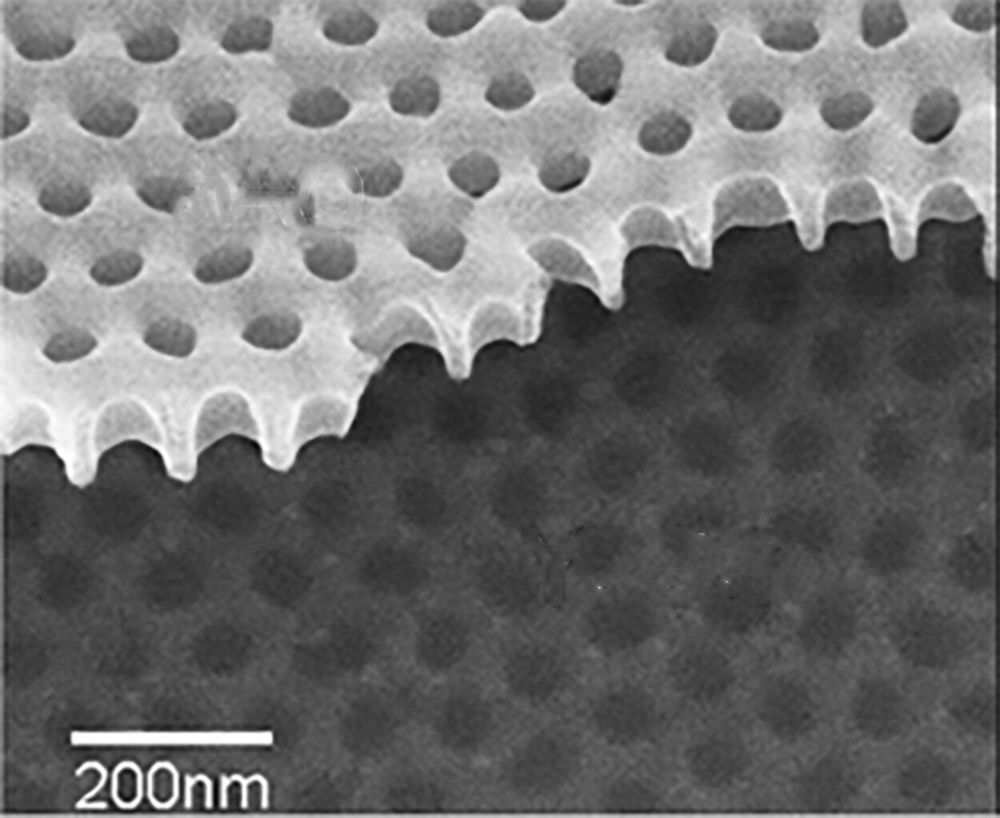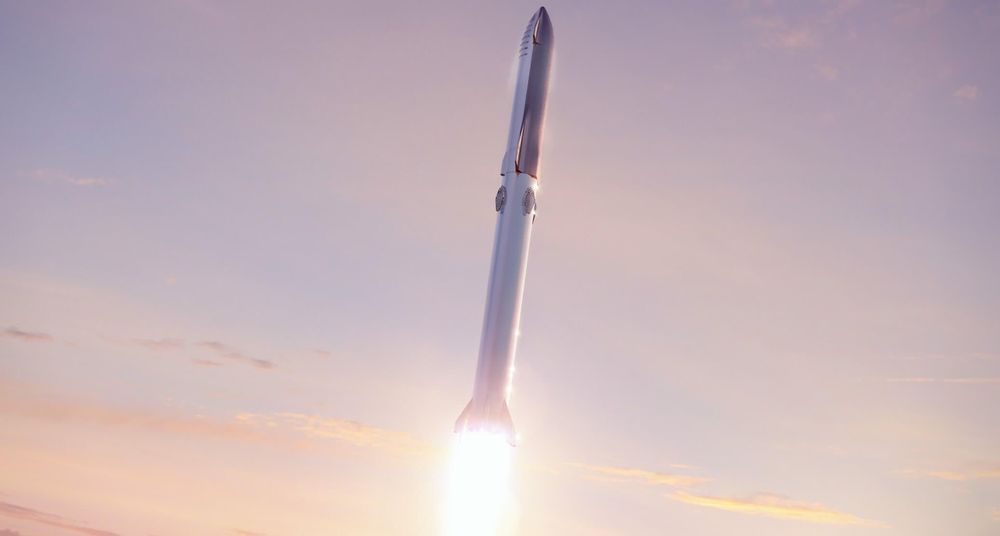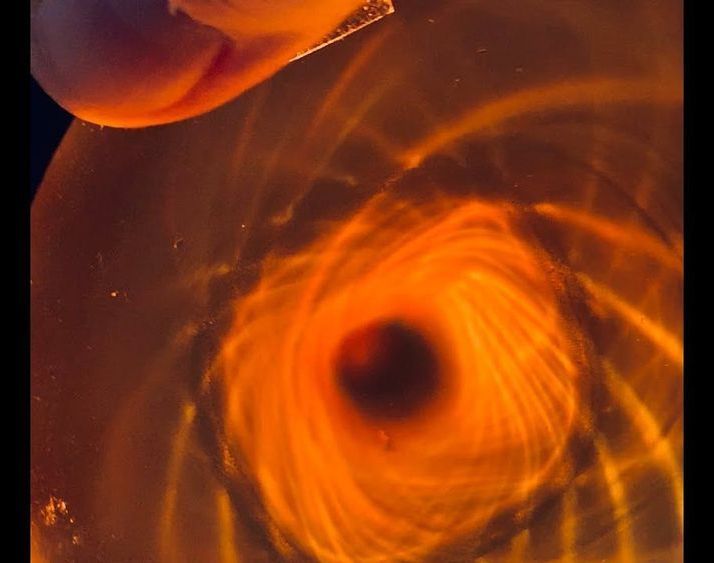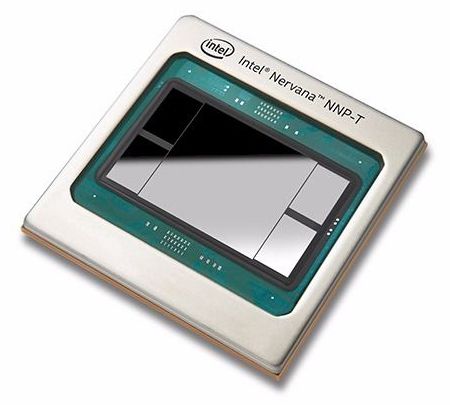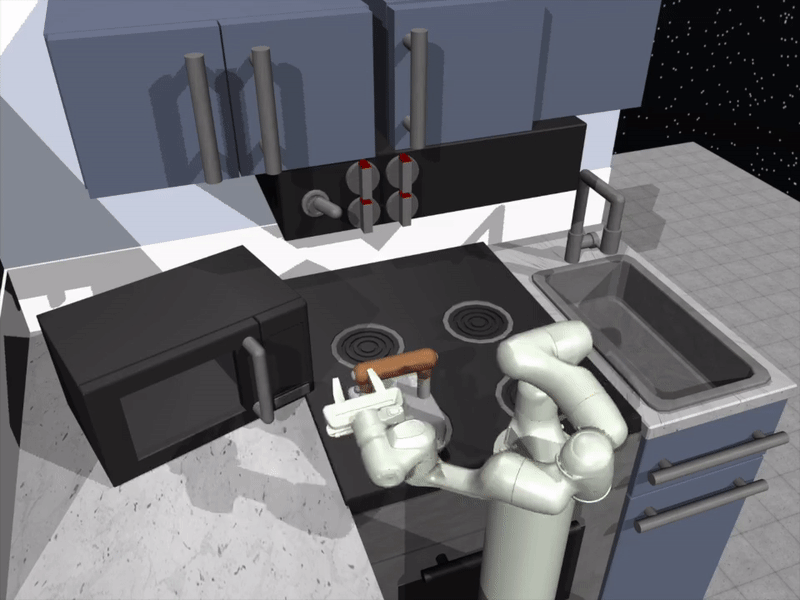Nov 15, 2019
Research reveals new state of matter: a Cooper pair metal
Posted by Genevieve Klien in categories: materials, physics
For years, physicists have assumed that Cooper pairs, the electron duos that enable superconductors to conduct electricity without resistance, were two-trick ponies. The pairs either glide freely, creating a superconducting state, or create an insulating state by jamming up within a material, unable to move at all.
But in a new paper published in Science, a team of researchers has shown that Cooper pairs can also conduct electricity with some amount of resistance, like regular metals do. The findings describe an entirely new state of matter, the researchers say, that will require a new theoretical explanation.
“There had been evidence that this metallic state would arise in thin film superconductors as they were cooled down toward their superconducting temperature, but whether or not that state involved Cooper pairs was an open question,” said Jim Valles, a professor of physics at Brown University and the study’s corresponding author. “We’ve developed a technique that enables us to test that question and we showed that, indeed, Cooper pairs are responsible for transporting charge in this metallic state. What’s interesting is that no one is quite sure at a fundamental level how they do that, so this finding will require some more theoretical and experimental work to understand exactly what’s happening.”
